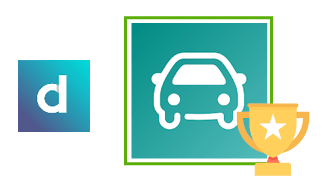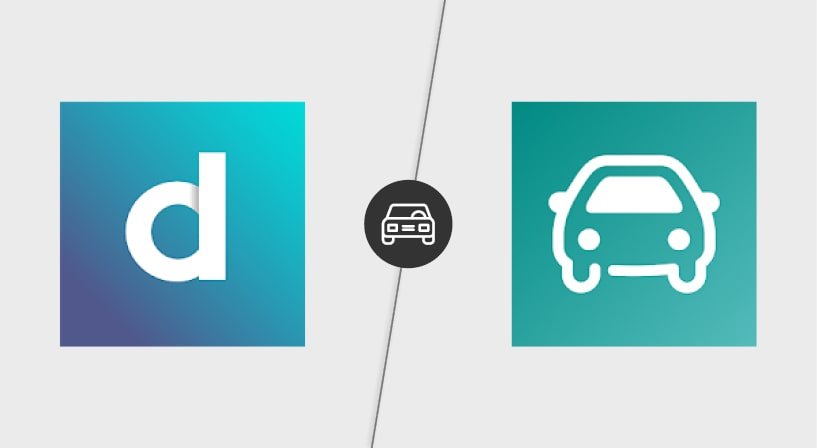Today’s match will oppose two carsharing apps: Drivy vs Ouicar. True concept of collaborative economy launched a little over a decade ago, those applications allow car owners to rent their vehicle to individuals or professionals.

In the left corner Drivy, a French car-sharing company founded in 2010. The service is available in 6 European countries and brings together more than 2 million users.
In the right corner Ouicar, application and collaborative platform launched in 2007 by SNCF. It connects car owners with their future tenants and it too, brings together more than 2 million users.
The weighing
At weighing Ouicar is the heavier application with a weight of 65 MB. Its opponent Drivy is much lighter with a weight of 42 MB, or 35% less.
The fight

All the lights are now turned on the fighters and the match can finally begin.
In the first part of the fight which consists of measuring the impact of the launch phase of the application, it’s a draw for the two apps. The second round corresponding to the order of a car is a bit different. Indeed, Ouicar (9.3 mAh) puts Drivy (10.5 mAh) by the side of the road with a consumption lower by almost 11%. To end this confrontation, we have set up two decisive rounds of idle observation for each opponent. During the inactivity phase in the foreground, the two applications are once again at the same speed, however Ouicar go ahead Drivy during the phase of inactivity background, with a lower consumption of 9%.
The bell rings, end of the match!
The winner

The race was tight nevertheless it is Ouicar who is declared victorious against its opponent Drivy on a global score of 12.7 mAh at 14 mAh by consuming overall 9% less energy.
For those who like numbers
| Application | Version | Downloads | Playstore Grade | App weight (MB) | Exchanged data (KB) | Memory (MB) | Energy consumption (mAh) |
|---|---|---|---|---|---|---|---|
| Drivy | 7.7.2 | 500 000+ | 4.2 | 42 | 3.6 | 218 | 14 |
| Ouicar | 7.0.3 | 100 000+ | 4.3 | 65 | 1.7 | 192 | 12.7 |
On a 1 minute usage scenario, Ouicar has a consumption equivalent to a direct messaging application such as Line. (Source: Study Consumption of top 30 most popular mobile applications)
The measurements were carried out by our laboratory on the basis of a standardized protocol, respecting a specific user scenario (launch of the app, car ordering). The other scenarios are the launch of the application (20”), inactivity in the foreground (20”) and inactivity in the background (20”). This methodology makes it possible to estimate the embedded application complexity and its energy impact during the use phase.
Find the battle of last week : Happn vs Tinder
Battles ideas? Contact us!

